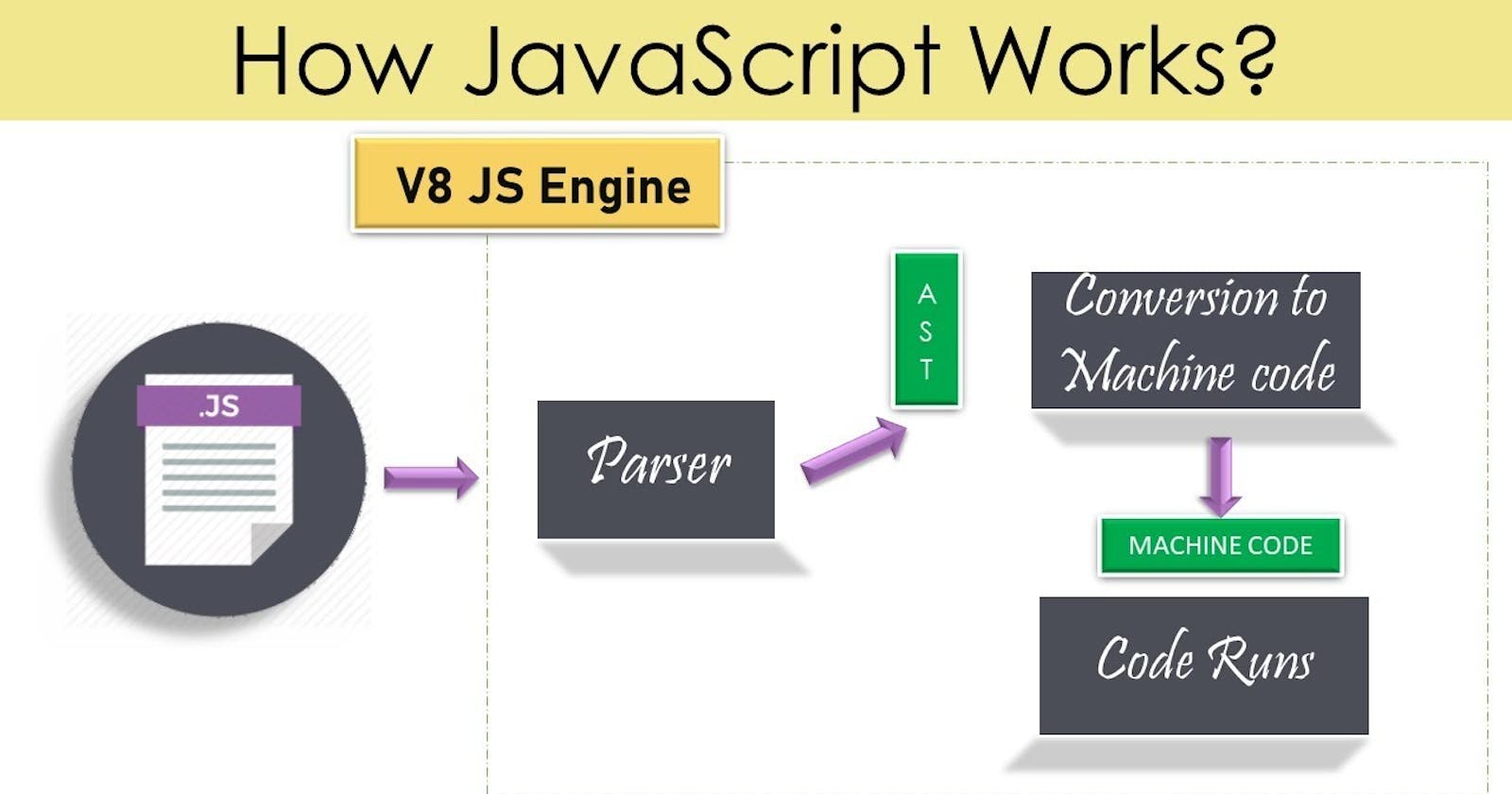Title: Understanding the Flow of Code Execution in JavaScript: A Journey Through Execution Contexts
Table of contents
No headings in the article.
Introduction: JavaScript is a versatile and dynamic programming language that executes code in a specific order to ensure proper functionality. Understanding the flow of code execution in JavaScript is essential for writing efficient and error-free programs. In this article, we will explore the step-by-step process of how JavaScript code is executed, diving into the concept of execution contexts. Through example code snippets, we will shed light on the intricacies of the code execution flow in JavaScript.
Execution Context and the Call Stack: Before delving into the flow of code execution, it's crucial to understand the concept of execution context. An execution context represents the environment in which JavaScript code is executed. It consists of variables, function declarations, and other relevant information. JavaScript maintains a call stack, which is a stack data structure that keeps track of execution contexts as functions are invoked.
- Global Execution Context: When a JavaScript program starts running, it creates the global execution context. This is the default execution context that represents the global scope. Global variables and function declarations are initialized within this context.
var globalVar = "I am a global variable";
function globalFunction() {
console.log("I am a global function");
}
console.log(globalVar); // Output: "I am a global variable"
globalFunction(); // Output: "I am a global function"
- Function Execution Context: Whenever a function is called, a new execution context is created for that function. The function's local variables and arguments are stored within its execution context. The function's execution context is pushed onto the call stack, and the function begins executing.
function greet(name) {
var greeting = "Hello, " + name + "!";
console.log(greeting);
}
greet("John"); // Output: "Hello, John!"
- Execution Stack (Call Stack): JavaScript maintains an execution stack, also known as the call stack, to keep track of the execution contexts. When a function is called, its execution context is pushed onto the top of the stack. As the function completes its execution, its execution context is popped off the stack, allowing the program to return to the previous execution context.
function outer() {
console.log("Outer function");
inner();
}
function inner() {
console.log("Inner function");
}
outer();
// Output:
// "Outer function"
// "Inner function"
- Asynchronous Execution with Event Loop: JavaScript also supports asynchronous execution through callbacks, timers, and events. Asynchronous operations are placed in the event queue. When the call stack is empty, the event loop checks the event queue and pushes the corresponding callbacks onto the call stack for execution.
console.log("First");
setTimeout(() => console.log("Second"), 2000);
console.log("Third");
// Output:
// "First"
// "Third"
// "Second" (after a 2-second delay)
Conclusion: Understanding the flow of code execution in JavaScript is crucial for writing efficient and reliable programs. Execution contexts and the call stack play a vital role in managing the order and scope of code execution. By grasping the concepts of global and function execution contexts, along with the call stack, you can navigate through the execution flow and debug code more effectively.
Additionally, asynchronous operations and the event loop enable JavaScript to handle non-blocking operations, ensuring smooth execution even with time-consuming tasks. Embrace the intricacies of code execution in JavaScript, leverage the power of execution contexts, and master the art of writing well-structured and efficient JavaScript code.

